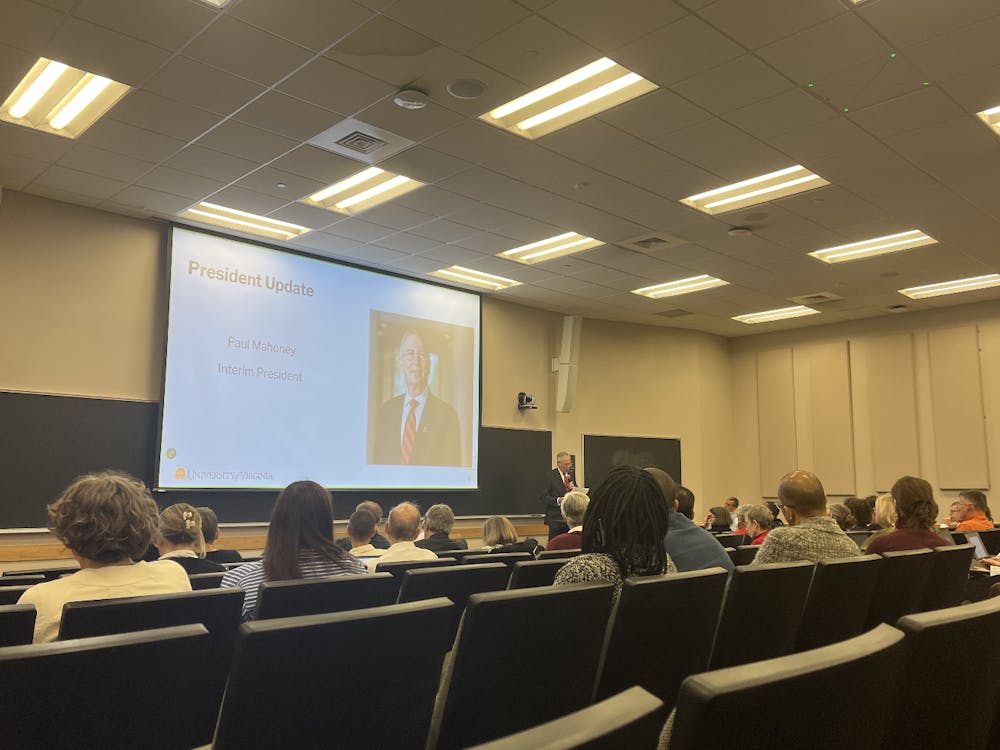The College Board released a study Monday which found that expenses for many college students have climbed at double the rate of national inflation.
Tuition and fees at public four-year institutions for the 2007-2008 academic year increased 6.6 percent from the previous year for in-state students, according to College Board Consultant Jennifer Ma.
The increase amounts to a change of $381, Ma said, adding that the study found the cost of room and board increased 5.3 percent, or $371 from last year.
Lauren Asher, associate director for the Project on Student Debt, linked tuition rates to the level of state funding at public institutions.
"The vast majority of college students go to state institutions, and the tuition that they face is directly related to how much of the cost states cover up front," Asher said.
She added that higher tuition has led to greater debt among graduates.
"Private loans are like credit cards, with very high variable interest rates and very few consumer protections, far fewer than federal loans, so borrowers should beware," Asher said. "In general, increasing available aid at the federal, state and college level is the most important way to reduce the need to borrow,"
Asher said the University's AccessUVa program is a model of good institution-sponsored financial aid.
University spokesperson Carol Wood said the University has seen a large decline in state funding since 1990.
The University has committed $54 million to AccessUVa, Wood said, adding that the cost of the program also contributes to a rise in tuition.
"The University has always been considered a good value and we want to remain a good value, but on top of that is our commitment to AccessUVa, and we feel that that is an institutional priority," Wood said.
In addition to tuition, students also face the burden of additional fees associated with attending college.
One major expense students face is the cost of textbooks at the beginning of every semester. In explaining these high prices, Stacy Skelly, assistant director for higher education at the Association of American Publishers, pointed to the high cost of textbook production and a limited market of students and faculty. She noted that to release a new edition of one biology textbook required 7,425 hours of research and the input of 240 biologists. She added that it can cost more than $1 million to produce a single textbook.
Skelly added that textbook publishers are using technology to offer lower-cost alternatives to traditional textbooks, such as digital downloads by chapter. The AAP is promoting innovations such as ichapters.com, which is similar to Apple's iTunes, Skelly said.
"I know a lot of students feel like they don't have a lot of control and we're trying to increase options available to students," Skelly said.






